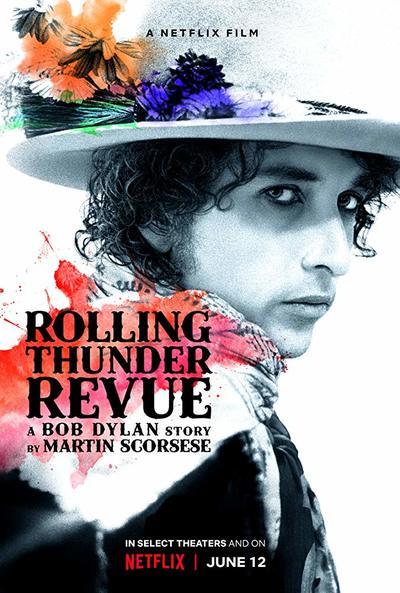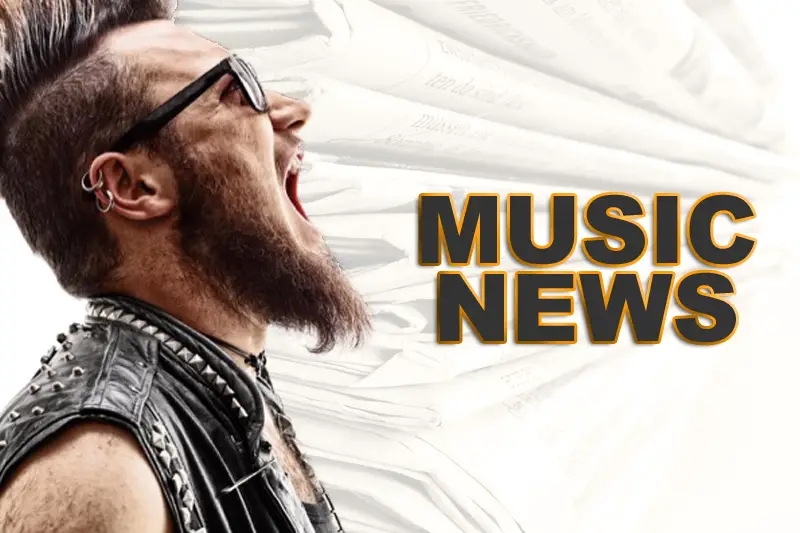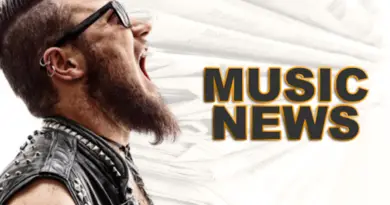
Dylan’s Rolling Thunder Revue was rock and roll circus life at the edge of an era
[A guest movie review by John Duffy. -AC]
On the DVD commentary for the “Last Waltz,” director Martin Scorsese’s document of The Band’s sprawling star-studded final performance in 1976, the late Dr. John remarks on how the show truly felt like the end of an era, and not just for The Band itself. Something else was dying as well. “It was the last show that I remember that had that out-of-control feel of the 60’s,” he said. What the good doctor saw behind the pageantry and celebration was that the very nature of the rock and roll experience, for audience and performer both, was changing. The business of putting on a concert was fast becoming the “concert business.”
Just over a year before the Last Waltz, Bob Dylan’s Rolling Thunder Revue, a sprawling, loose troupe of players, poets, writers, and sycophants took to the road. Modeled after medicine and minstrel shows that once crisscrossed America, a post-hippie “commedia dell’arte,” it was a tour remembered for its taught, energetic performances, as well as its rich offstage drama.
The unhinged circus atmosphere of Dylan’s experiment in communal rock touring is captured in all its hedonism in “Rolling Thunder Revue: A Bob Dylan Story by Martin Scorsese.” It debuted June 12 on Netflix. The same week, a 14-disc set of rehearsals and performances from the tour, “Bob Dylan: The Rolling Thunder Review: The 1975 Live Recordings,” was released on Columbia Records. Two discs cover the December 4 show at the historic Forum de Montreal.
Full-energy performances of songs like “Isis,” “One Cup of Coffee,” “Romance in Durango,” “When I Paint My Masterpiece,” and early tunes like “A Hard Rain’s Gonna Fall” and “The Lonesome Death of Hattie Carroll,” are intercut with party scenes, old and new interviews, and grainy B-roll of a post-Watergate America limping toward the bicentennial.
More than a concert, each night of the Rolling Thunder Revue was a folk-rock all-star event. Bob Neuwirth, Joan Baez, Roger McGuinn, Ramblin’ Jack Elliott would all play mini-sets with the band, then Dylan, backed by as many as five other guitar players onstage, would tear through an incendiary set of mostly newer tunes, often changing arrangements nightly. Bob and Baez would sing a duet on several, just like the old says. Shows often lasted up to four hours.
If you’re thinking this sounds a lot like an indoor Festival Express, you’re right. And it made about as much financial sense. A company of 52 people on the road, as many as twenty people on stage at a time playing 2,500 seat halls for less than $9 a ticket. How could it be anything else but a cash burner? But if measured in musical terms alone, it was a resounding triumph.
If that weren’t enough, Bob took the opportunity to direct is first feature film, “Renaldo and Clara,” which is the reason the tour footage was shot. Bizarre and unfocused, half-performance, half-narrative film, it was so bad virtually nobody has seen it.
That’s the reason playwright Sam Shepard was brought on, ostensibly as a screenwriter. But he ended up having little to do except ignite a brief affair with Joni Mitchell, who joined the tour for the Canadian dates. One of the most impressive moments in the film occurs when she teaches Dylan and McGuinn how to play her chilling “Coyote,” rumored to be about Sheppard, during an after-hours jam at Gordon Lightfoot’s Toronto home. Ronnie Hawkins showed up as well as if the party needed any more life brought to it. Allen Ginsberg served as tour spiritual guru and poet, though it is unclear just how much he participated in the actual performances of the tour. Rumors that he ended up handling baggage has been disputed.
Much ink has been spilled in the last week about the blatant mythmaking of Scorsese’s version of events in the film. I’ll leave that for other writers to mull over, but suffice to say that a fair number of people, incidents, events, motivations, and opinions expressed or represented in the film are inventions worthy of the most slippery carny barker: a salty German filmmaker, a barely-legal Sharon Stone working as tour costumer, the inspiration for Bob’s whiteface makeup—all stained with subterfuge.
Dylan himself even explains of his nightly visage, “if someone is wearing a mask he’s going to tell you the truth…” New York Times writer Jon Pareles noted, he isn’t wearing one at the time he says it. But should we expect anything less from a singer who has fought his entire career to remain untethered by expectations?
Thankfully, Bob seems as unconcerned now with perceptions as he was with financial particulars in 1975-76. A concert didn’t yet include the need to get a babysitter, nor did it yet cost a week’s wages to see one. But soon enough, the art of putting on a good show would become subsumed by putting on a profitable one. The danger was gone, and arena rock was waiting to cash in.
As much as bands today spend millions to create ever-impressive spectacles, the tone and feel of your average arena show is blandly the same. Even the best show-stopping rock acts of the last generation—U2, Springsteen, various reincarnations of the Grateful Dead, Muse, pop stars like Madonna, Pink and Taylor Swift—strive to create concerts that feel like singular events, but are bound by the strict economics and logistics of the arena circuit. Small halls in small markets hardly ever get the shows. When they do, it’s because an artist is willing to risk a loss in order to overturn the expectations, often to stave off boredom.
Something was lost of rock and roll’s wild exuberance when it became confined to multi-purpose arenas named after local car dealerships and grocery chains. Now, the 20,000-seat multipurpose oval, or the summertime shed venue in any major North American city is a predictable place to play: the load-in, the sight angles, the chasm of safety between artist and audience, the guaranteed financial margins. It’s made things a lot less risky for investors, but a hell of a lot more boring for the rest of us.
But for the music industry to squeeze maximum profit in compensation for deflating sales, it will leave nothing to chance. And will probably stay that way. For certain 1990’s efforts like Lilith Fair and Another Roadside Attraction did their best to reanimate rock and roll’s gypsy bones. But will not likely ever see a purely musical carnival-like Rolling Thunder again. When even the biggest artists earn essentially nothing from sales, “out of control” doesn’t pay anyone’s bills.


